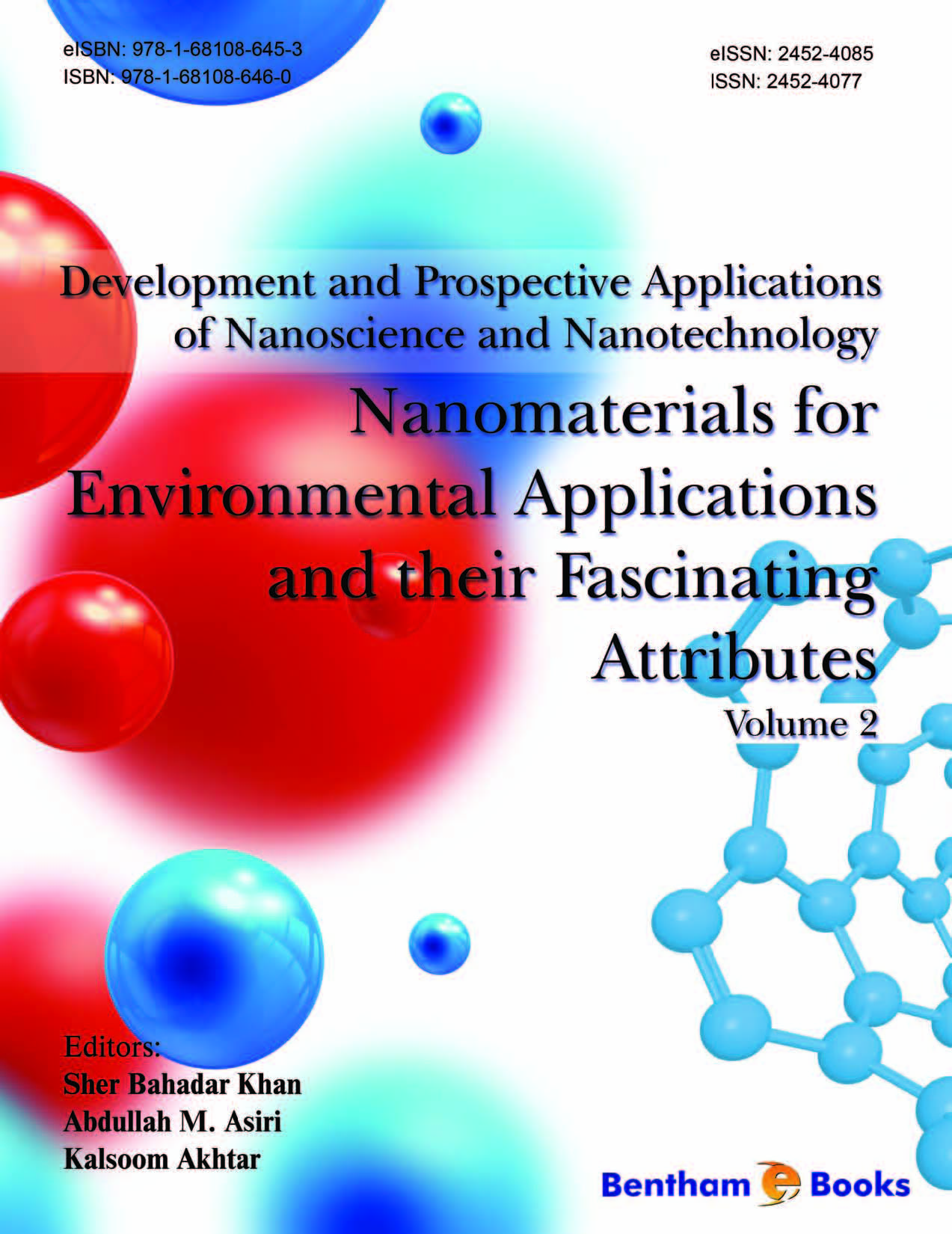Introduction
Nanotechnology is a diverse science that has brought about new applications in fields such as colloidal science, device physics and supra molecular chemistry.
Environmental pollution treatment by nanomaterials is an emerging application of nanotechnology. It is gaining importance because of the increased environmental challenges due to the impact of modern industrial activities. Industrial activity involves the production and use of various toxic organic and inorganic chemicals which pollute nearby water streams, indirectly influencing aquatic and human life. Thus, there is a need to protect the environment through the development of new technologies and by enacting awareness drives for environmental sustainability. This volume summarizes cutting-edge research on nanomaterial utilization for environmental challenges.
Chapters introduce readers to the concepts of environmental protection, sustainability and monitoring. Readers will also learn about technologies used for keeping the environment safer, including ion exchangers, metallic oxide complexes, nanocomposite materials, porous membranes and nanocatalysts.
This volume is intended to be an introductory reference for students and researchers undertaking advanced courses in materials science, environmental science and engineering, giving readers a glimpse into the fascinating world of nanotechnology.

